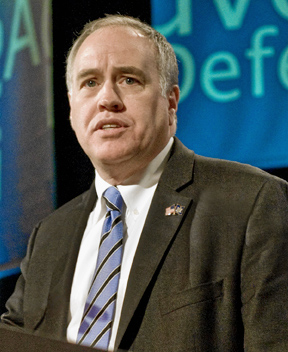Credit ratings agency Standards & Poor’s announced a $1.375 billion settlement with 18 states today over the alleged inflated ratings it gave mortgage-backed securities which eventually turned toxic.
Illinois will receive a $52.5 million chunk of that settlement – with most of the money going towards its pension systems.
More from the Chicago Sun-Times:
It won’t solve Illinois’ pension crisis — not by a long shot — but it’s “better than nothing,” state Attorney General Lisa Madigan said Tuesday, announcing a $52.5 million settlement connected to the 2008 economic collapse.
[…]
Madigan’s office sued S&P in 2012, alleging the credit ratings agency “compromised its independence as a ratings agency by doling out high ratings to unworthy, risky investments to increase its profits, while its misrepresentations spurred investors, including Illinois’ pension funds, to purchase securities that were far riskier than their ratings indicated.”
“S&P abandoned its critical role in the years leading up to the economic crisis, blinded by its unyielding desire for profits,” Madigan said during a news conference Tuesday morning at the Thompson Center in the Loop.
The majority of the state’s portion will be reinvested in Illinois’ pension systems, Madigan said. To date, the state has recovered approximately $400 million for losses the state pension systems sustained after investing in mortgage-backed securities, Madigan said.
Though Madigan acknowledged the latest settlement will have little impact on the state’s pension mess, she said it nevertheless sends a message.
The Justice Department statement on the settlement, which includes a list of the states receiving money, can be read here.


